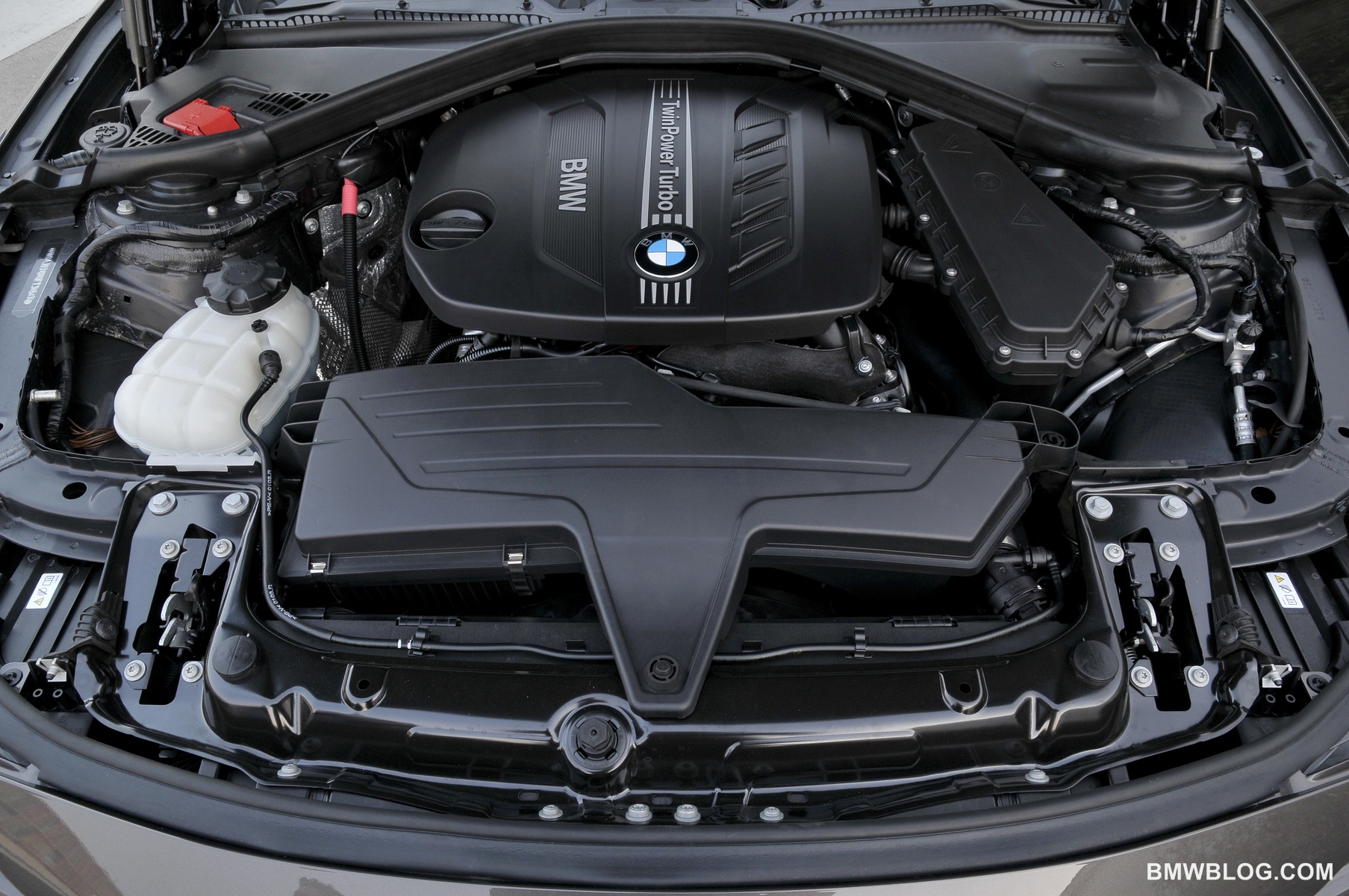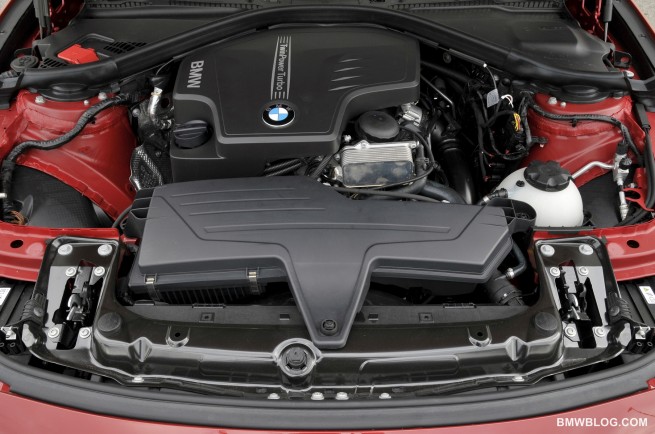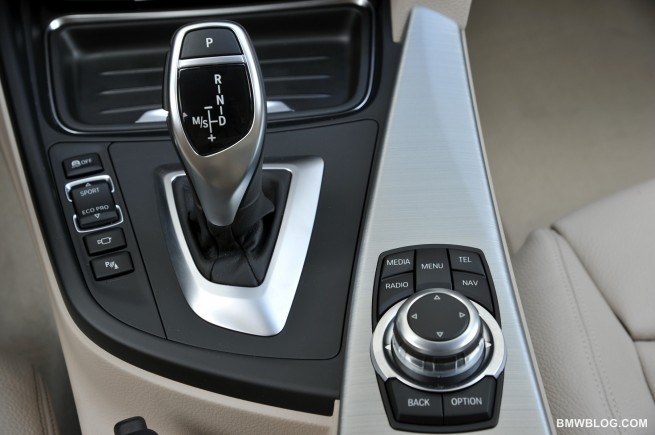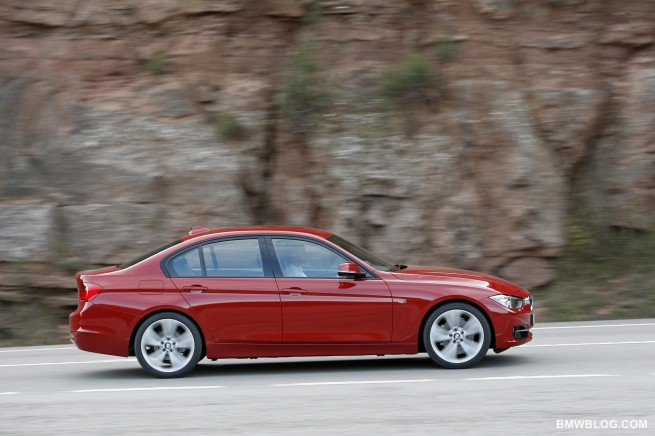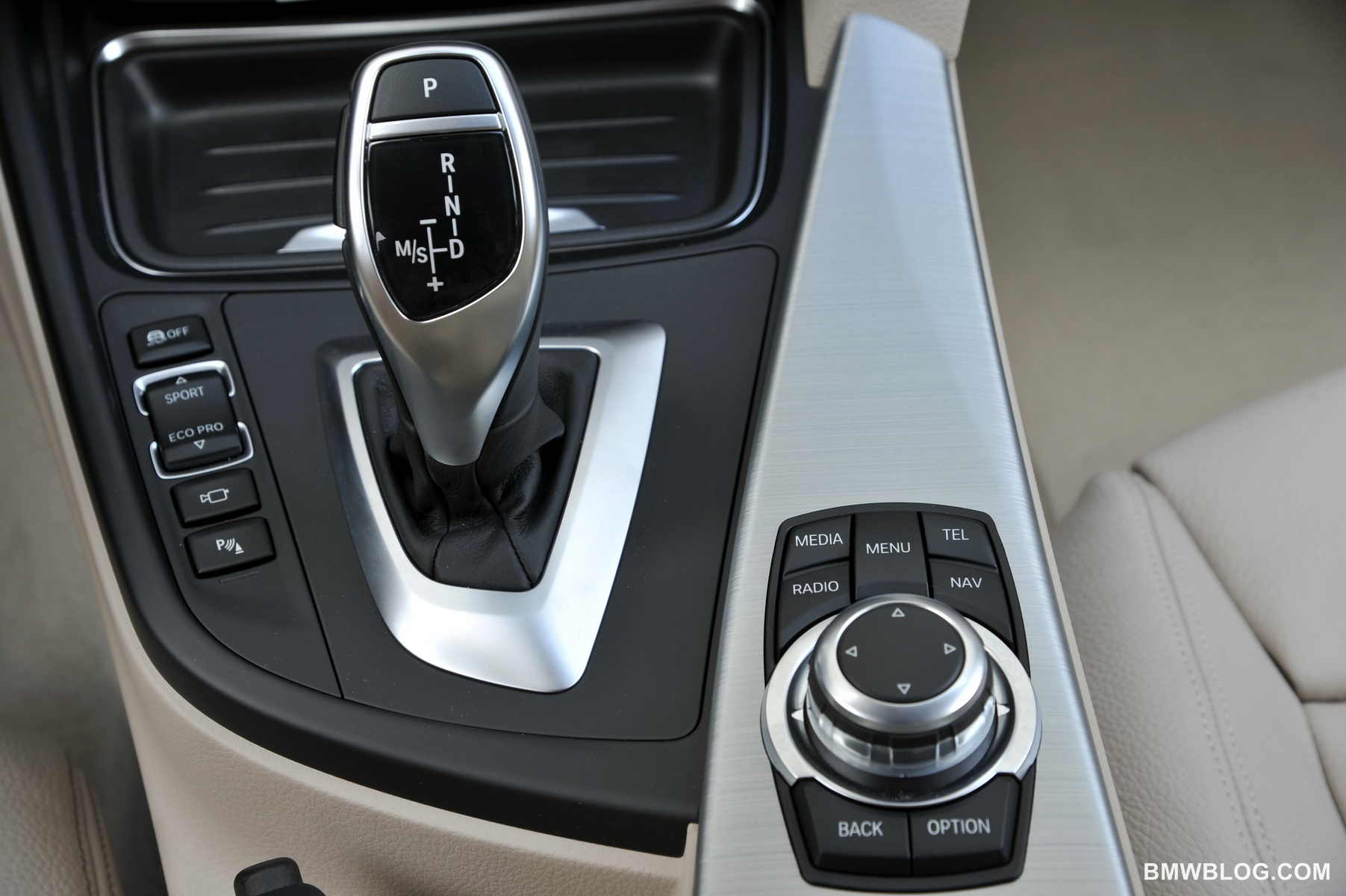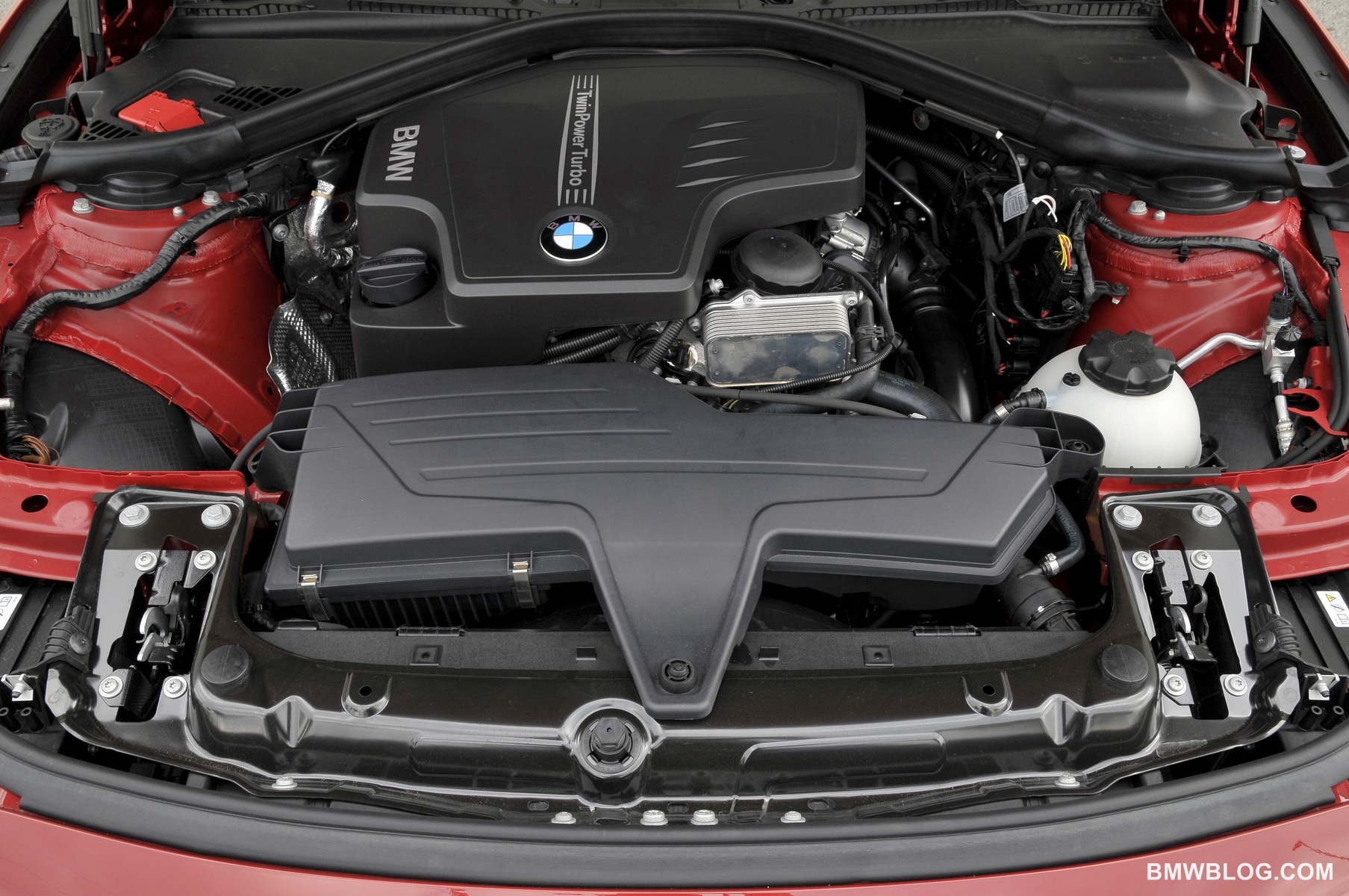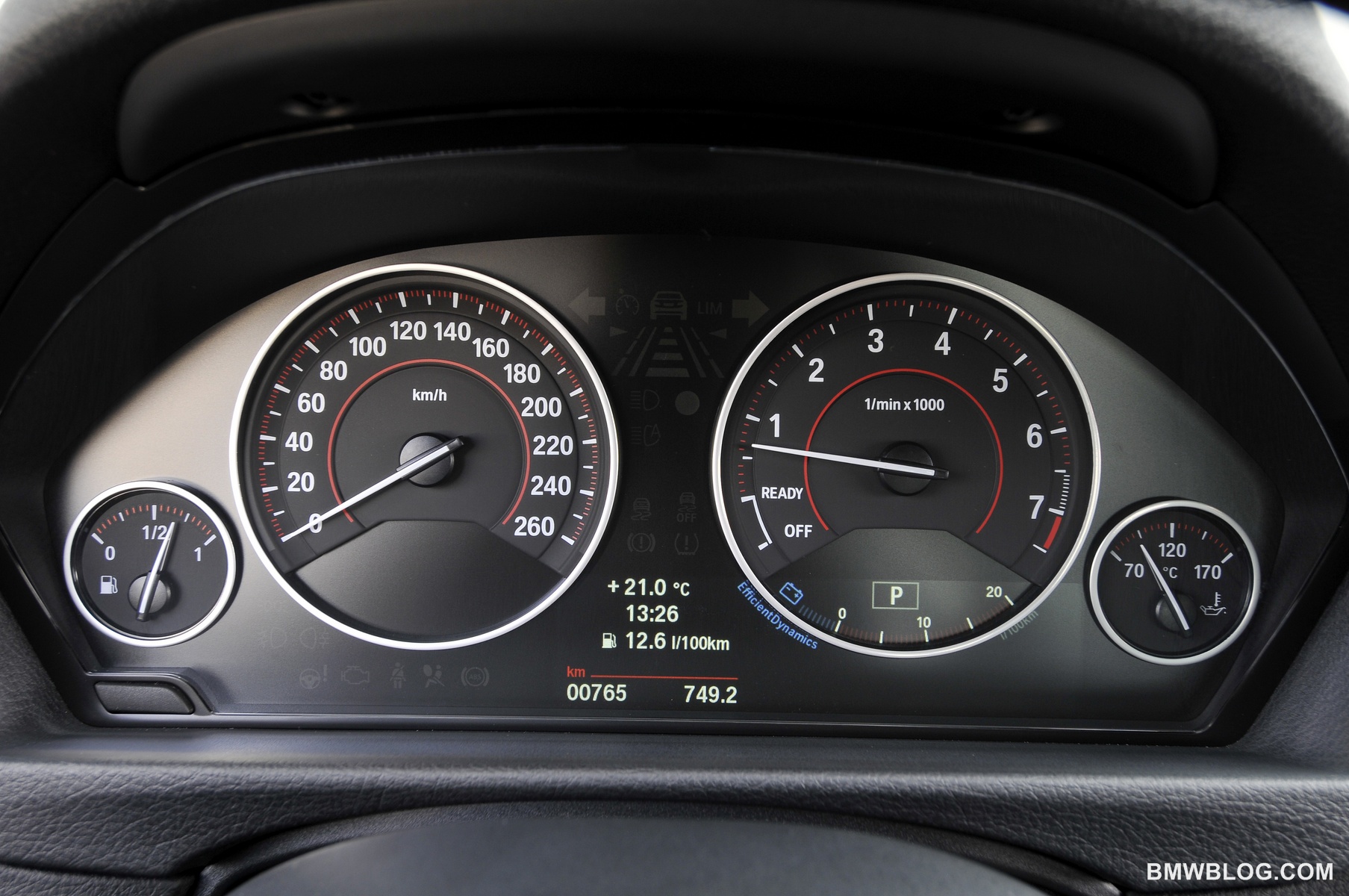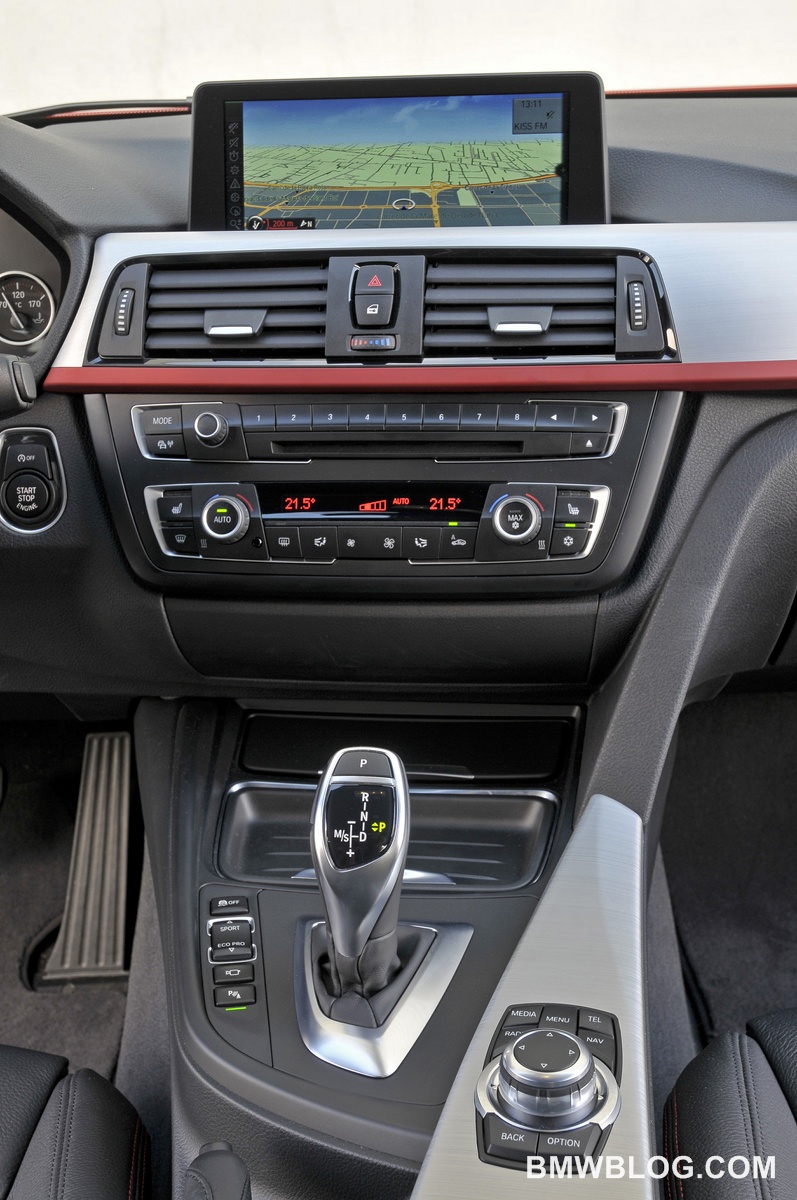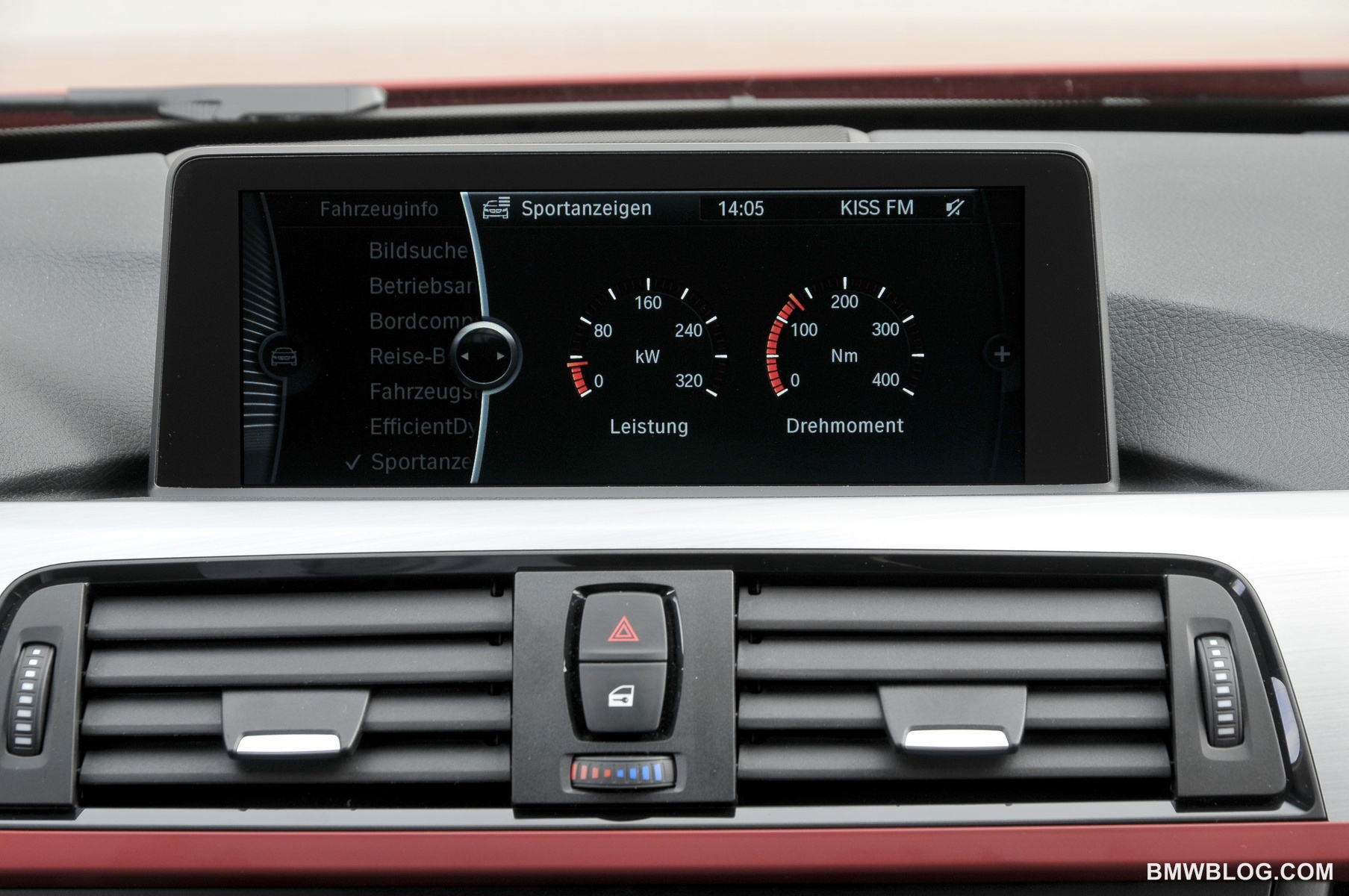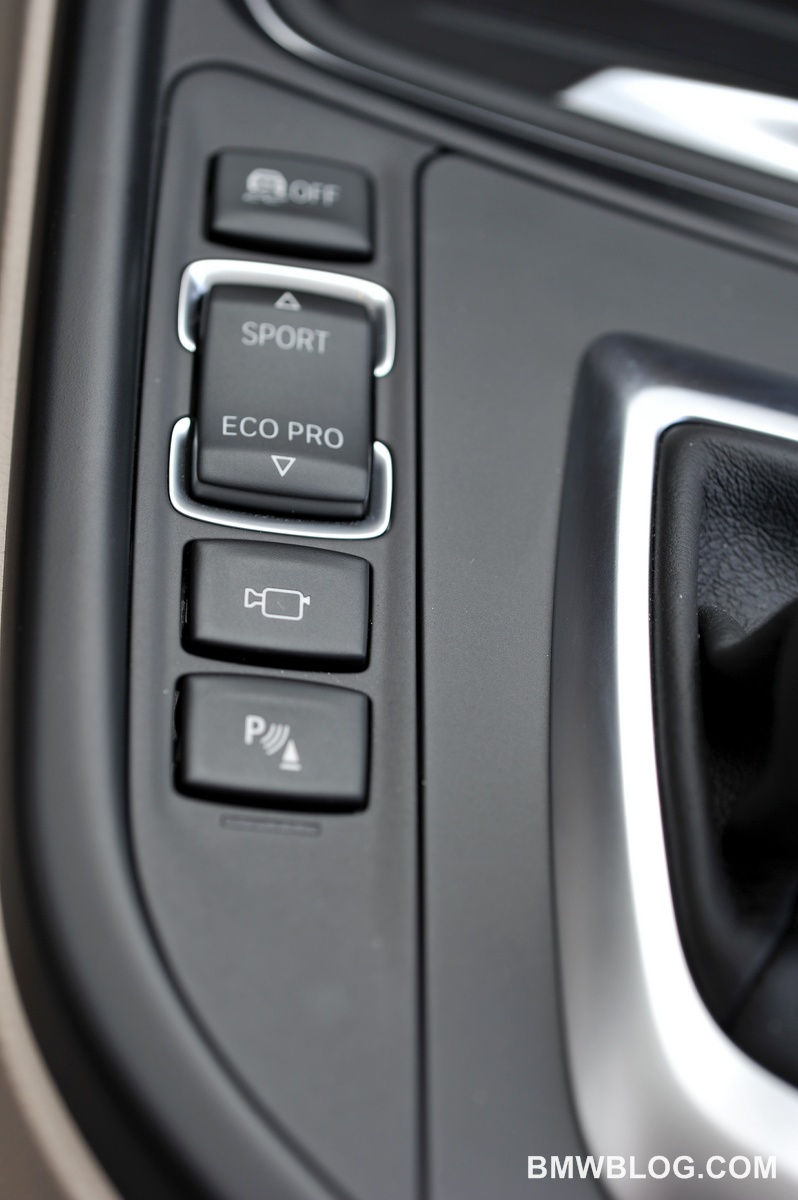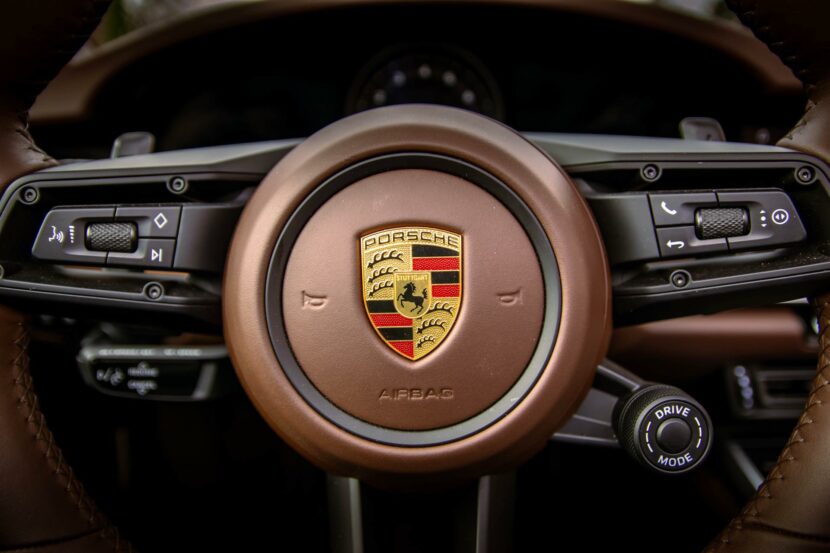BMW has packed more technology into the new 2012 3 series than any 3er before it. The new F30 3 series is a revolutionary car that departs from its predecessor more than looks might suggest. Here is a look under the skin to show you what’s new on BMW’s most important sedan.
Let’s start at the heart of the matter. The 3 series provided for testing today features BMW’s new single turbo (twin scroll) four cylinder unit. Packed within this compact engine you will find an updated version of Valvetronic controlling valve lift and timing on both the intake and exhaust side, BMW’s direct injection, and enough balancing tech to fool you into believing there are a few more pistons throwing punches than there actually are.
The engine has an internal design code of “N20” and undoubtably, this hip-to-enthusiasts code will become a favorite for generations. Why? Simply put: because BMW’s new 2.0 Liter four cylinder manages the output of a six cylinder with the economy of a four – all while lightening the front end and moving the weight further aft. Anyone who frequents the racetrack will appreciate these details more than the stigma a four cylinder engine may have in the North American market.
Power output is a healthy 240 hp and 260 lb-ft of torque – all while obtaining significantly better fuel milage. In fact, the new F10 5 series with the N20 is managing better fuel milage than the smaller E90 3 series when equipped with the now retired naturally aspirated 6 cylinder that the new 4 cylinder replaces. New design features which help boost milage are found in the discreet use of ancillaries, for example the 3er now features a variable output oil pump and coolant pump, on-demand electronic assist steering and an on-demand alternator. All of these features incrementally combine to make a large contribution to efficiency.
A new ZF sourced 8-speed automatic is both fast-shifting and efficient as it translates the power to the rear wheels (and eventually all four wheels in later xDrive models). When partnered with BMW’s “Eco Pro” technology, the transmission works to boost milage by altering shift points, and helping you better modulate your enthusiastic right foot. Not to worry, this setting can be switched all the way to “Sport Plus” which holds gears longer and downshifts earlier.
On to the chassis, the new 3 series makes extensive use of high-strength steel to both lighten and strengthen the car. Along with the high-strength steel in the chassis – greater use of aluminum and composites both in the interior and exterior of the 3 series have helped it to drop 40 kg (88 lbs) from its predecessor despite a 9.4 cm (3.7″) stretch in the length and a 1.3 cm (0.5″) gain in height. The new 3 series now tips the scales at 1,570 kg (3460 lbs), which is a respectable figure for a car of this size. The all-important weight distribution ratio has been maintained at 50:50, driver’s rejoice.
Aerodynamics have not been left out of the equation, and after countless hours in BMW’s own rolling wind tunnel they have found a drag co-efficient of just 0.26 Cd. We were expecting BMW to feature their trick front wheel air-curtain design as found on the 1M, and true to expectations, all renditions of BMW’s new 3 series feature this unique aerodynamic design solution to reduce drag and improve efficiency.
BMWBLOG is about to get behind the wheel of BMW’s new 3 series to bring you our first driving impressions both on the road and racetrack. Stay tuned!


